In the middle of nowhere
Host: Jenny Underwood
Written by Jenny Underwood – Owner, Pine Hills Station.
This week’s blogs are from one of our regular hosts, Jenny Underwood, formerly from “Eversleigh” Station south of Hughenden in north-west Queensland and now of “Pine Hills” Wallumbilla in south-west QLD. Before going to live on Eversleigh, Jenny was the sole teacher at a small school 65km south of Hughenden. Cameron Downs School is only one a few schools left in Queensland that is not based in a town or settlement. It is right in the middle of a 65 000 acre cattle (and until the ’90s, sheep) property called “Cameron Downs”.
In her blogs this week Jenny gives an outline of the history of the school, as well as some insights into her life in the district as the Principal of the small one teacher school.
This is the first instalment of a five-part series called “The Bush School”. Visit Jenny’s profile page to find the other instalments.
Being a teacher at school at Cameron Downs was, in theory, just like teaching school anywhere else in Queensland. What made the school different was its setting.
When Cameron Downs School was established in 1967 it was classified as a “provisional school”. Being a provisional school meant the local community generally provided the land, and were required to provide the building and furniture and, as such, were responsible for their maintenance. Accommodation for the teacher was also the responsibility of the community. In many cases the teacher was generally billeted out among families in the district.
Well over 100 years ago there were a huge number of provisional schools dotted around the State, generally in the more isolated areas. In fact, by 1908 there were 640 provisional schools and only 461 State Schools.
Cameron Downs School was quite unusual as it was situated in the middle of “Cameron Downs”, one of the largest and earliest settled properties in the Hughenden area. The majority of the pupils who came from the surrounding sheep and cattle properties travelled long distances to attend school each day.
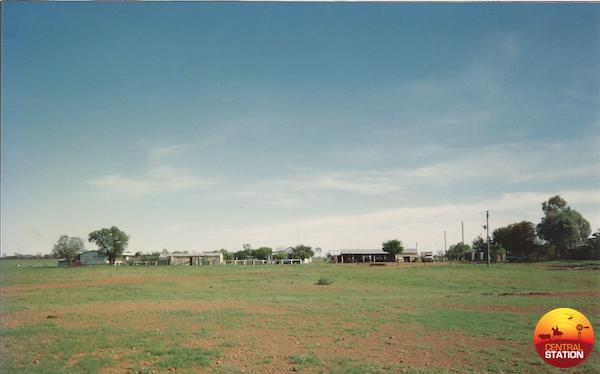 Cameron Downs School and property house and buildings in 1993 when I first arrived there. In the early days there was no teacher’s residence. The teacher lived in a room within the school building; in later years the Education Department provided a caravan and at the end of 1992, a three bedroom relocatable home was set up.
Cameron Downs School and property house and buildings in 1993 when I first arrived there. In the early days there was no teacher’s residence. The teacher lived in a room within the school building; in later years the Education Department provided a caravan and at the end of 1992, a three bedroom relocatable home was set up.
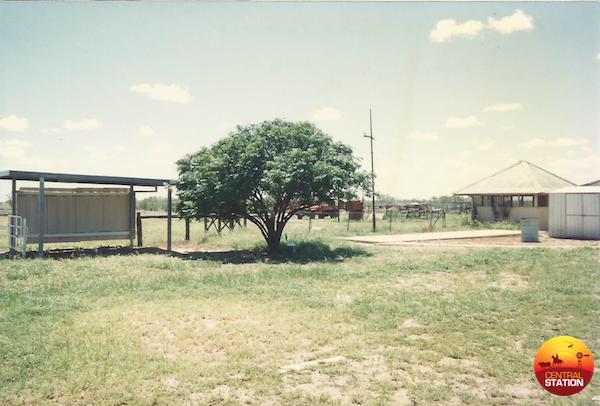
The nearest town was Hughenden, 65km to the north. All roads leading to the school (and into Hughenden itself) were blacksoil. For the majority of the year the Hughenden-Muttaburra Road was less than ordinary (and that is putting it politely!) During the wet the road was boggy and treacherous. During the dry the road could also be boggy but this was because it was so loose and full of bulldust you could get dry-bogged.
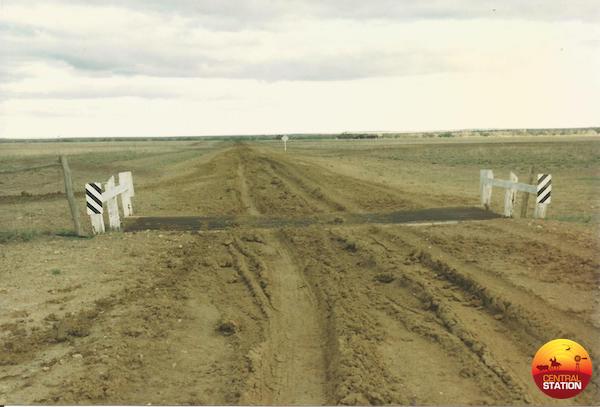
I became very adept at changing tyres due to the hundreds of sneaky rocks hidden in wheel tracks and buried under the bulldust. I had great admiration for the parents who drove their children over these roads to school every day; I had even more admiration for the families who brought their children to school in the days before four-wheel drives, airconditioning, and two-way radios.
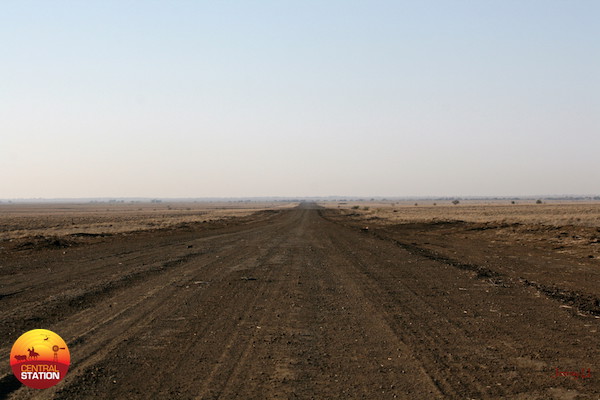
Until my appointment in 1993, the position of Principal at the school was designated “single male only”. For the young men who were sent to Cameron Downs School, most of whom had never even applied for the position, the conditions must have been a real eye-opener. Many had only graduated from Teachers’ College a few years previously so it must have been a rude awakening suddenly having to teach a number of children from Years 1 to 7 in a small room with limited teaching aids (ones that we now take for granted such as photocopiers and computers). They lived in rudimentary accommodation with very little company unless they mixed with the owners or managers of the stations. Air-conditioned four-wheel drives were unheard of so a trip to town, on an often deserted road, was rarely taken spontaneously or frequently.
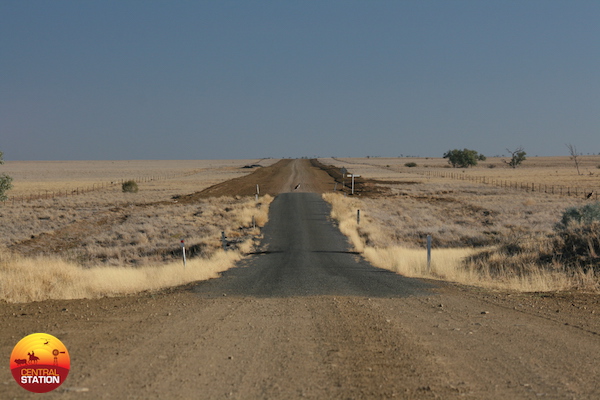
Without a doubt the majority of the teachers would have been “city boys”. Cameron Downs Station, over 65,000 acres (approximately 26,300 hectares) ran thousands of sheep and cattle. The original cattleyards were situated right beside the schoolgrounds and residence. It was commonplace for school to be interrupted by the noise, dust, and activity of mustering, and quite a distraction for the students who would have much rather been outside helping than in the classroom! I can’t imagine what it must have been like for a young, “wet-behind-the-ears” man used to hearing traffic noises, trying to go to sleep each night with cattle bellowing beside his bedroom.
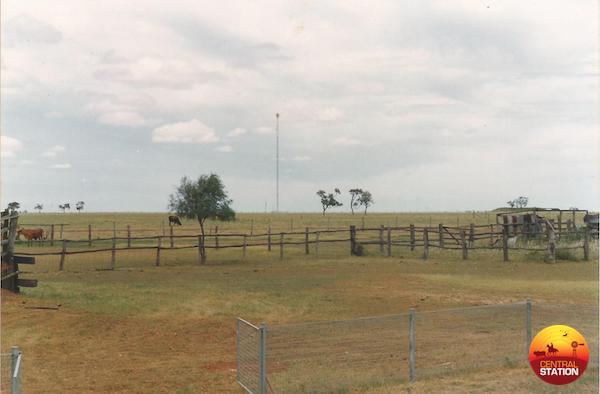
On Cameron Downs, like much of the district, the horizon was expansive and endless. Sunsets and sunrises were spectacular but summer and winter could also be cruel. Being Open Downs country there were very few trees to provide shade or something to look at to break the monotony. During dry times, the parched paddocks shimmer in the sun and dust storms are commonplace. Of course air-conditioning in those early days was unheard of and grid power to the district was in its infancy. During winter the Downs can be bitterly cold and the westerly wind can blow unchecked without trees to break its force.
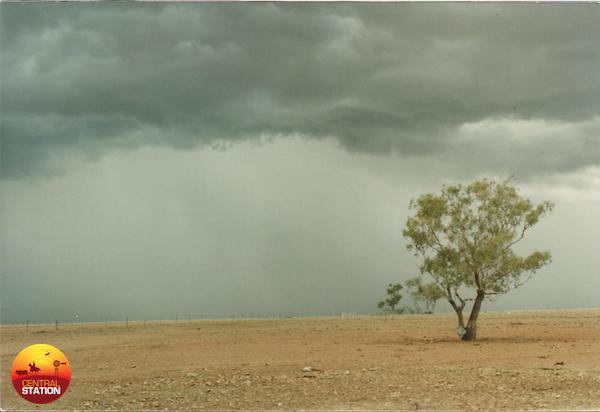
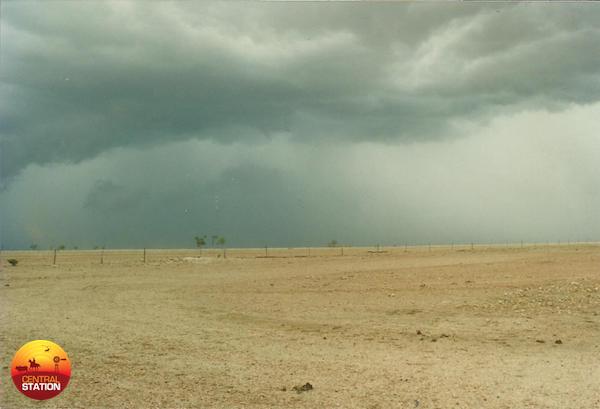
In the early ’90’s with “equal employment opportunities” becoming a political and union issue, Cameron Downs State School was no longer classified as “single male only”. Accommodation standards were improved and a relocatable three bedroom home was moved on-site behind the school at the end of 1992.
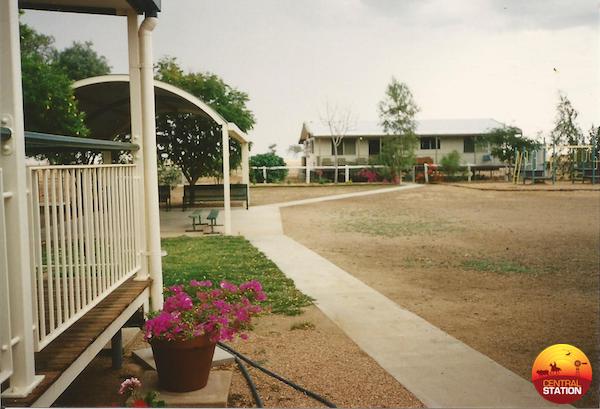
After being a classroom teacher for 12 years I decided I wanted to follow in my Father and Grandfather’s footsteps and become a teaching Principal. I applied for three schools and was interviewed for all three. One school was west of Gladstone (Central QLD); one school was between Mitchell and St George (South-western QLD) and the other school was Cameron Downs (North-western QLD). I was never asked what my order of preference of schools was – I was informed that the Director General of Education would determine which school I was best suited to (interesting, as I didn’t know the Director General, and as far as I knew, he didn’t know me). While I would have been happy to go to any of those three, in my own mind I had decided upon Cameron Downs. On the second last day before the end of the school year in 1992, I finally received my appointment to take up the position as teaching Principal of Cameron Downs State School effective January 1993.
And the rest, as they say, is history.
